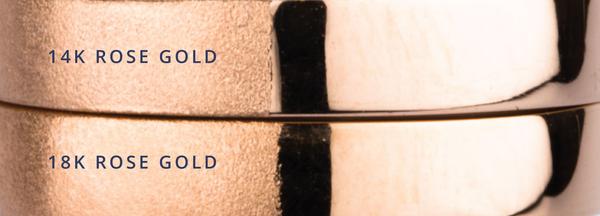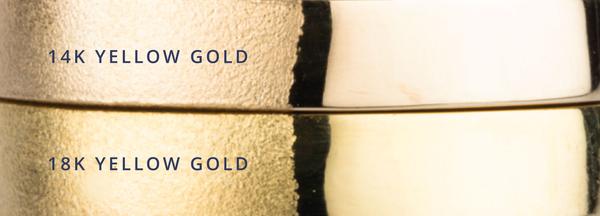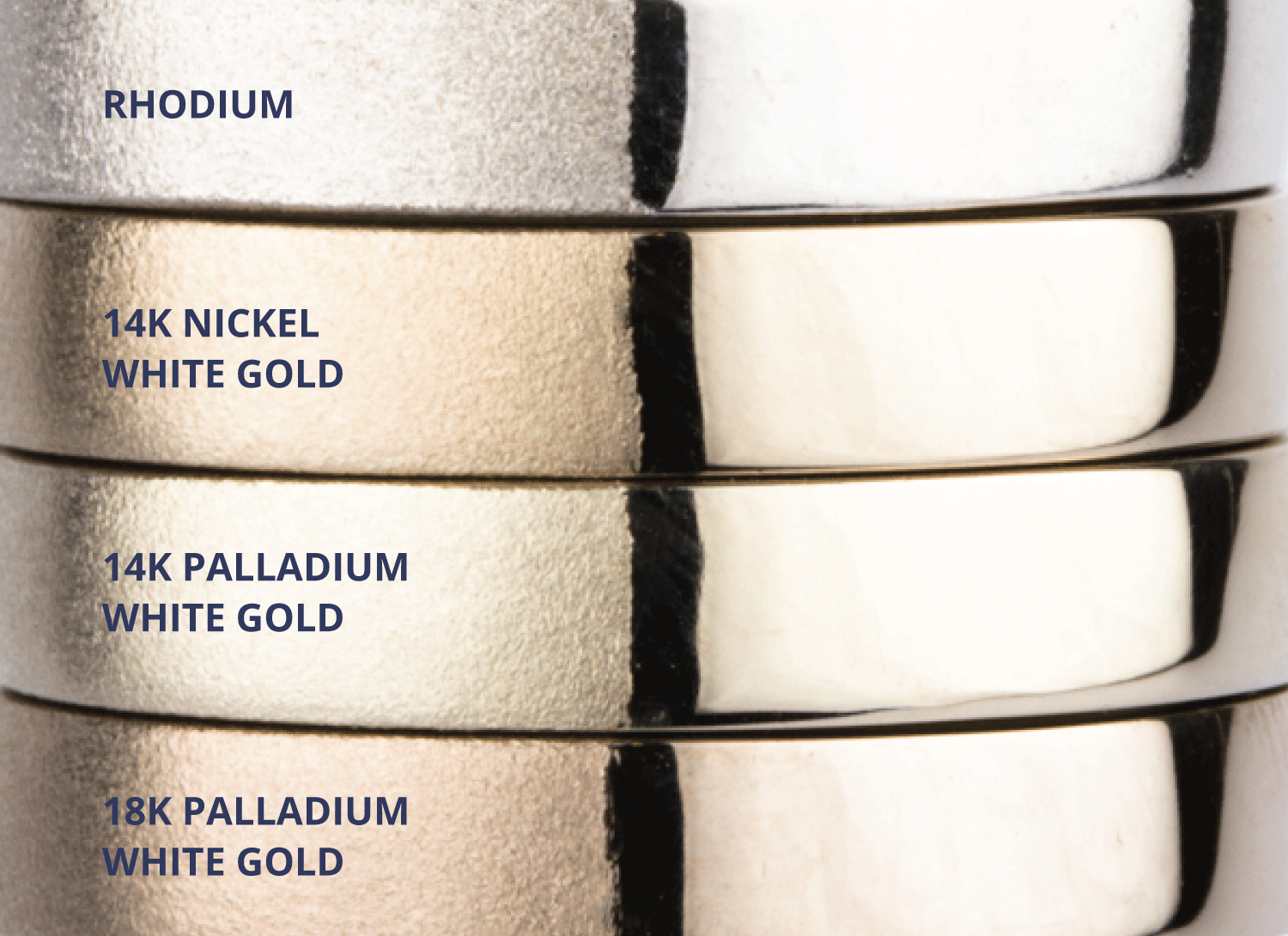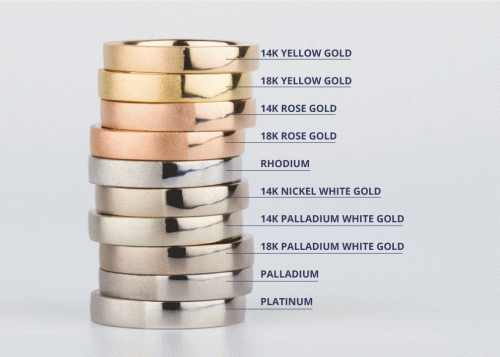Choosing the Right Metal for your Ring – The Subtleties of Shade
Metal options palladium vs platinum metals compared, metal colors compared, 18kt rose/peach gold
When we posted this image from Corey Egan‘s site on Instagram, people went wild over it.
And we did too. There is absolutely nothing like a side-by-side comparison when it comes to choosing metal for your custom design jewelry.
Why? In a word: subtlety.
Shades can vary by very small amounts and when it comes to something as important as the look of your ring, those subtle variations count. One shade too dark or too light might not highlight the stone as much as another. Or not match your skin tone the way you’d like.
Here are some other close-up examples, thanks again to Corey Egan:



So as you can see, choosing metal for your engagement ring takes some serious homework. On top of the metal shade, each metal possesses properties that may or may not be right for you, your lifestyle and your budget. We’re happy to walk you through the process and find a metal that’s just right for you.


